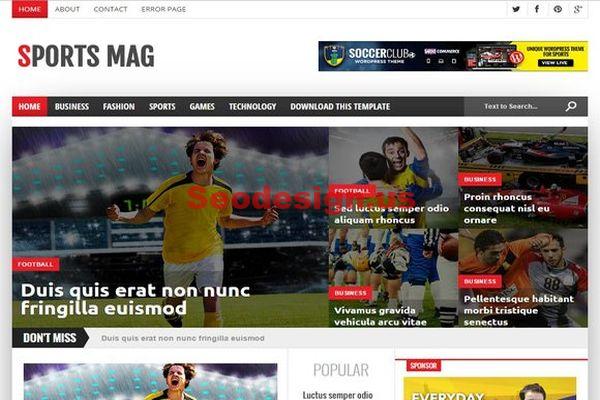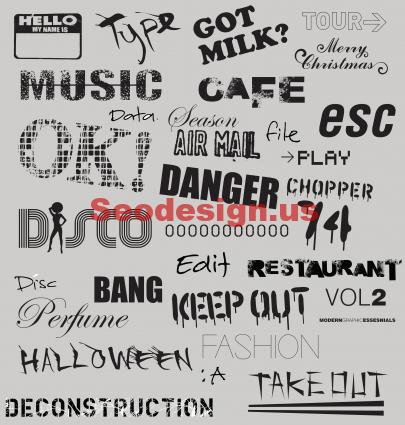The relation between UX design and seo become important and search engines are advancing at the fastest rate we’ve seen in many years thanks to machine learning. These advances have allowed the search engines to focus on providing the most relevant results, not only in terms of content, but also in terms of user experience (UX).
At the end of the day, what is good for the consumer is good for organic search performance — especially if we consider how machine learning is becoming ever more central to search algorithms and incorporating areas such as search sequence, as well as content quality, structure and sentiment.
To keep pace, agencies and marketers must broaden their SEO approach by placing a much greater focus on UX across the full range of owned assets. The following explores the two areas central to making this a reality.
The SEO skill set needs to broaden into UX
Part of Google’s philosophy has always been focused on delivering the best user experience. With recent technological advances, Google and other search engines are now better placed than ever to deliver this vision. This focus will only intensify over the coming months and years.
Yet for many teams and agencies, UX has not consistently been a part of the SEO toolkit. Whether or not an SEO practitioner can discuss UX or make meaningful UX recommendations very much depends on personal experience, background and professional development programs.
As an industry, we need to reimagine SEO and the skill sets required to succeed as we move rapidly into an era of search engine ranking technology that is becoming more opaque, dominated by machine learning, and better than ever at interpreting consumer behavior.





